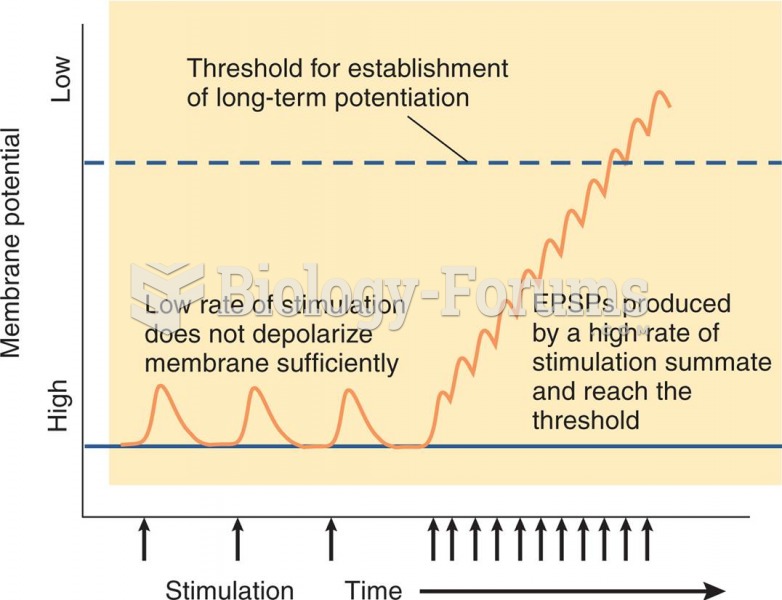Answer to Question 1
C
Answer to Question 2
A transnational strategy is a coordinated approach to internationalizatio n in which the firm strives to be relatively responsive to local needs while retaining sufficient central control of operations to ensure efficiency and learning. Transnational strategy combines the major advantages of multidomestic and global strategies while minimizing their disadvantages. It is a flexible approach: standardize where feasible; adapt where appropriate.
To implement a transnational strategy, the firm should:
a. Exploit scale economies by sourcing from a reduced set of global suppliers and concentrate manufacturing in relatively few locations where competitive advantages can be maximized.
b. Organize production, marketing, and other value-chain activities on a global scale.
c. Optimize local responsiveness and flexibility.
d. Facilitate global learning and knowledge transfer.
e. Coordinate global competitive moves-that is, rather than following a country-by-country approach, deal with competitors on a global, integrated basis.
The global matrix structure is closely associated with transnational strategy. Managerial responsibility for each product is shared by each product unit and the particular geographic areas of the firm. Thus, firms develop a dual reporting system in which, for example, an employee in a foreign subsidiary reports to two managers-the local subsidiary general manager and the corporate product division manager. Often the country manager is superior in authority, with responsibility for appraisal. Global matrix structure recognizes the importance of flexible and responsive country-level operations and shows firms how to link those operations to optimize operational efficiency and competitive effectiveness. The manager working in this structure shares decision making with other managers, wherever they may be, to achieve best practice for the firm's operations worldwide.







